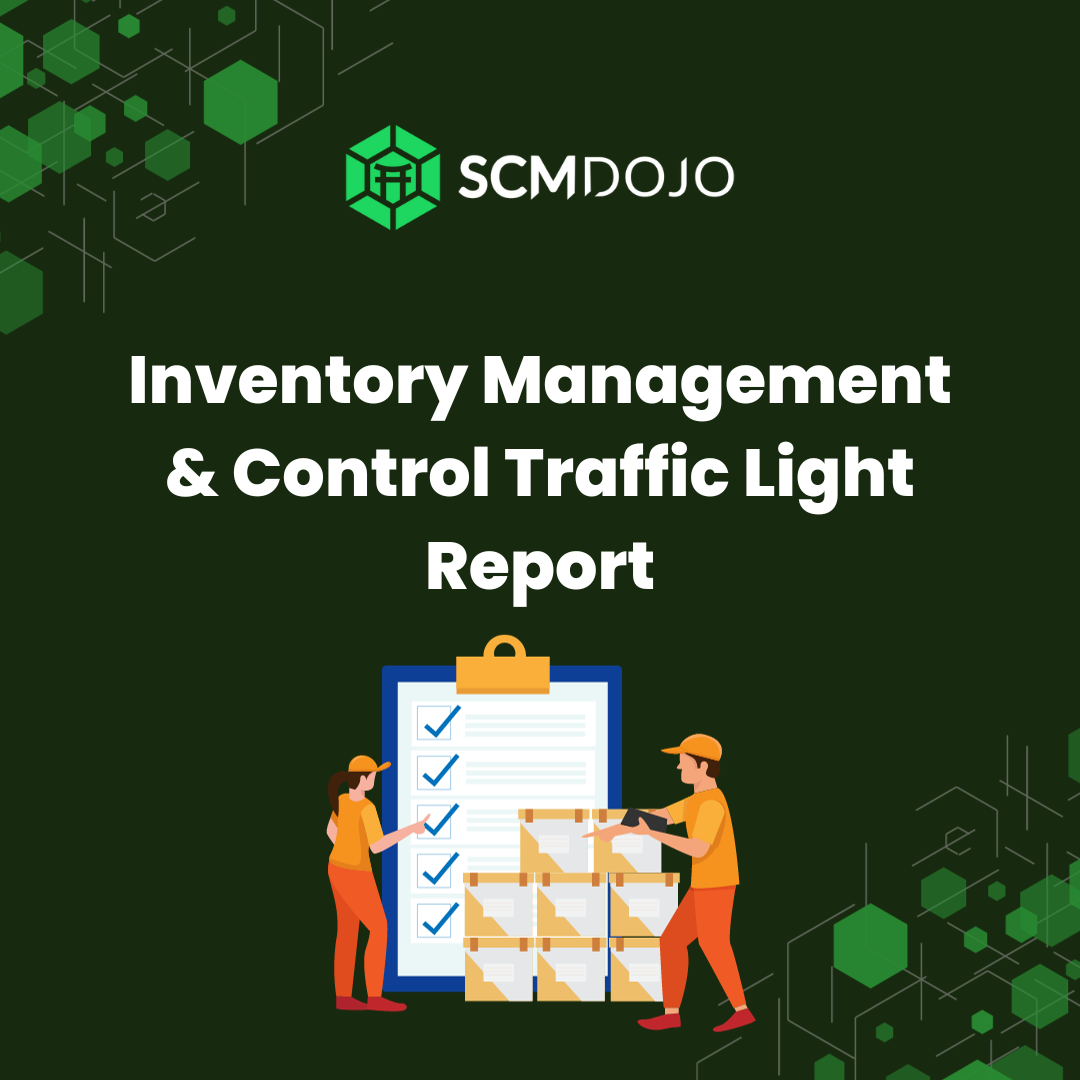Discover Ways to Boost Supply Chain Visibility through Digital Marketing
Supply chain visibility is essential for providing a superior customer experience and sustaining customer loyalty over time. When customers have transparency into product availability, delivery timelines, and order status, they are more likely to complete purchases and continue shopping with a business.
Customers face significant frustrations that erode brand trust and sales without supply chain visibility. These frustrations include discovering an out-of-stock product when attempting to purchase, waiting weeks for an order without updates, and sometimes never receiving the product at all. Each of these experiences damages the customer relationship.
Brands must leverage effective marketing strategies to elevate supply chain visibility and prevent lost sales and customers. This includes providing order status pages with expected delivery dates, back-in-stock alerts and notifications, and proactive customer communications about any delays.
At the same time, it makes excellent sense to have a good SEO software solution to keep track of how your marketing strategies perform. For instance, you can find a suitable option by comparing the best tools and services at https://top10seosoftware.com/collections/. These tools can help research competitors’ SEO and content strategies to benchmark performance. This can uncover gaps to fill or best practices to implement to outperform rivals. It can also help improve the reach and performance of your content marketing efforts.
Remember, you should not overlook the importance of improving supply chain visibility, especially considering that the financial impacts of poor supply chain visibility are also substantial. Recent research indicates that supply chain disruptions cost organizations an average of $184 million per year globally, with the highest average annual costs in the United States at $228 million.
If you have the right tool with you and you’re all set to elevate supply chain visibility for your business, here’s how to proceed:
1. Thought Leadership and Industry Expertise
Elevating supply chain visibility using proactive leadership and industry expertise establishes and builds credibility in an industry or sector. The strategy leverages knowledge and insights but also makes good use of the influence exuded by experts.
Establishing Company Executives as Thought Leaders in the Supply Chain Field
The strategy begins by identifying which executives have sufficient expertise in supply chain management. Ideally, these executives should already be recognized as experts with several years of experience and strong networks.
An executive with supply chain responsibility should,
- Be considered the ‘go-to resource’
- Offer expert insights and perspectives on issues, technologies, and trends
- Be future-focused
- Demonstrate thought leadership by taking bold stances
- Author articles and publish research, speak at conferences, and give interviews
Utilizing Thought Leadership Content to Build Credibility and Enhance Visibility
The role of the executive involves using their expertise to improve supply chain visibility. This can be achieved by
- Demonstrating their deep understanding in published articles, reports, whitepapers, and guides
- Sharing case studies that spotlight how improved visibility helps companies identify risks and optimize their operation to reduce costs
- Highlighting how AI, predictive analytics, control towers, and similar technologies transform visibility and enable data-driven decision-making
- Educating other supply chain professionals on current best practices for end-to-end visibility in the global market
2. Content Marketing for Supply Chain Visibility
Content marketing focuses on content that attracts and retains a clearly defined audience. It can be used to educate clients on the importance of transparency in the supply chain.
Creating Informative Content Tailored to Supply Chain Professionals’ Interests
Creating and distributing high-quality content relevant to professional interests is critical. There are different approaches, and the topics might include the following:
- logistics
- transportation
- inventory management
- procurement
- sustainability
- regulations
Remember, any content has to be of value to the target audience; therefore, the information it contains must be up to date and have special significance to be informative. The data should be used to tell the story with statistical evidence in easily comprehended infographics. Presented well, these demonstrate expertise and inspire trust and confidence.
For instance, a blog might include infographics designed to illustrate the importance of visibility. Infographics can reveal its impact on supply chains or be used to spotlight how visibility prevents supply disruption, drawing on statistical examples of global SDP or shipping costs for its evidence.
Leverage SEO to Improve Content Discoverability
Fronetics, a digital marketing company, uses articles to illustrate how buyers rely on online content quality when making purchasing decisions. It is, therefore, vital to leverage SEO so that your content ranks well for easy discoverability.
This means creating optimized content with keywords that can be clustered into groups with other related content. It includes adding visuals that help understand clear hierarchical structures, which help search engines and users find the result most relevant to their initial search inquiry.
Leveraging for improved discoverability incorporates the following:
- Keyword optimization that encourages higher rankings, achieved by researching and using the most relevant keywords for supply chain visibility
- Developing content clusters with a collection of topics related to supply chain visibility that will establish authority and develop brand awareness
- Using video content to lengthen the duration of visits and boost user engagement while improving the bounce rate
3. Utilizing Digital Channels for Outreach
Executives should seriously consider social media marketing when seeking effective supply chain visibility solutions. Along with proven marketing effectiveness, these digital channels significantly enhance a company’s outreach.
Leveraging Social Media Platforms to Engage with Supply Chain Professionals
Platforms like Twitter, Facebook, and LinkedIn connect supply chain professionals with their partners. They also facilitate interaction with companies and their customers. For instance, businesses have discovered that their customers see value in posts that feature their team members or reveal the company’s behind-the-scenes processes.
Practical strategies that raise visibility on these social platforms are:
- sharing insights into the supply chain processes with customers and clients
- sharing best practices for a better customer experience
- creating and joining groups and communities related to the industry
- posting consistently high-quality content regularly to maintain a web presence
- following thought leaders and the industry’s key players
- staying up to date on trends
- building connections and expanding networks
Implementing Targeted Email Marketing Campaigns to Increase Visibility
Emails are a highly effective outreach tool that can be targeted to reach partners and clients in logistics and the supply chain sector.
Cost Effective Marketing
Emails used this way for e-marketing are cost-effective, even on a global scale. They are effective for establishing a long-term online presence. Additionally, email campaigns produce results that are invaluable to campaign success.
The success of the emails can be tracked through metrics such as bounce, click-through, and conversion rates. It’s an approach that produces statistical results that are measurable. This data type is perfect for fine-tuning a strategy to ensure optimal results that sustain a viable online presence over time.
To collect rich data for measurable results, supply chain executives should aim to create
- segmented email lists for closer personalized content based on demographics or the client’s recent purchasing history
- content that boosts on-page times and engagement, for example, interactive quizzes or videos
- emails that nurture the client-company relationship and boost brand credibility by guiding the client through the sales funnel
Since many people access their email from mobile devices, their emails and content must be optimized to be small-screen friendly. The tactic increases readability and helps with engagement. Emails should also be inclusive in their design, using user-friendly elements, particularly when they include links that need following to proceed or call to action buttons.
Networking Opportunities and Industry Events
Attending industry events and capitalizing on every networking opportunity you can find can go a long way in bolstering marketing efforts and ultimately elevating supply chain visibility. Here’s how to go about these opportunities:
Participate in Trade Shows and Conferences
Do your research and look for all possible trade shows and conferences related to your industry. Attending events such as the Supply Chain Visibility Conference, the Gartner Supply Chain Planning Summit, etc., also makes great sense. Being there can help increase recognition and create new opportunities for your business.
One of the many benefits of attending these events is to get real-life exposure, which puts you in a better position to deal with supply chain challenges. Above all, it helps you grow professionally, which pays in the long run.
Showcasing Case Studies and Success Stories
Relying on case studies can also be an excellent way to elevate supply chain visibility. When people can see actual numbers, it’s easier for them to react positively. For instance, Cerasis is a third-party logistics company relying heavily on content marketing to raise awareness about its logistics services.
Major companies like Amazon, Walmart, Zara, Intel, and Colgate have successfully implemented supply chain automation, predictive analytics, IoT sensors, and network modeling to achieve substantial cost reductions, faster delivery times, improved productivity, lower carbon emissions, and increased agility. Share stories about these businesses to get your point across.
Final Thoughts
Integrating effective marketing strategies and supply chain visibility is beneficial and essential for companies looking to enhance customer experience and maintain loyalty. By combining thought leadership, content marketing, SEO optimization, and leveraging digital channels, businesses can significantly improve their supply chain transparency and, as a result, their bottom line. The synergy between robust marketing tactics and supply chain visibility ultimately fosters a resilient, responsive, and customer-centric business model that drives growth and success.
References:
https://cashflowinventory.com/blog/supply-chain-disruption
https://visibility-conference.com/
https://www.gartner.com/en/conferences/na/supply-chain-planning-us




